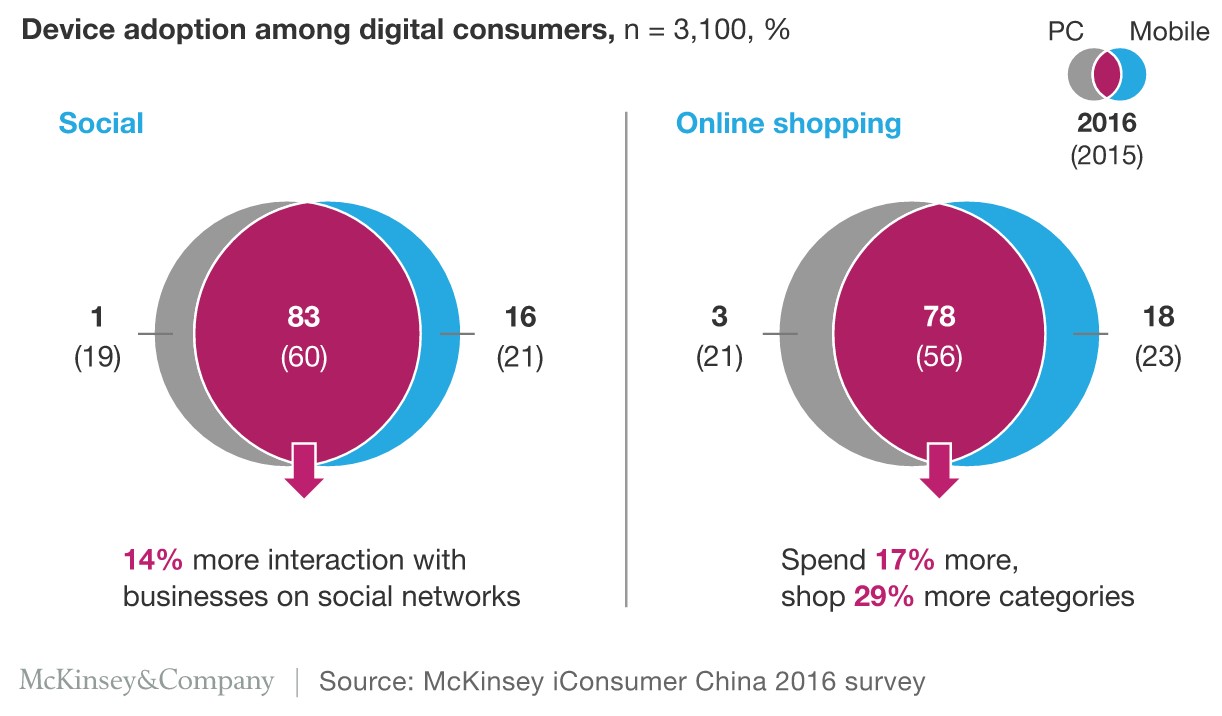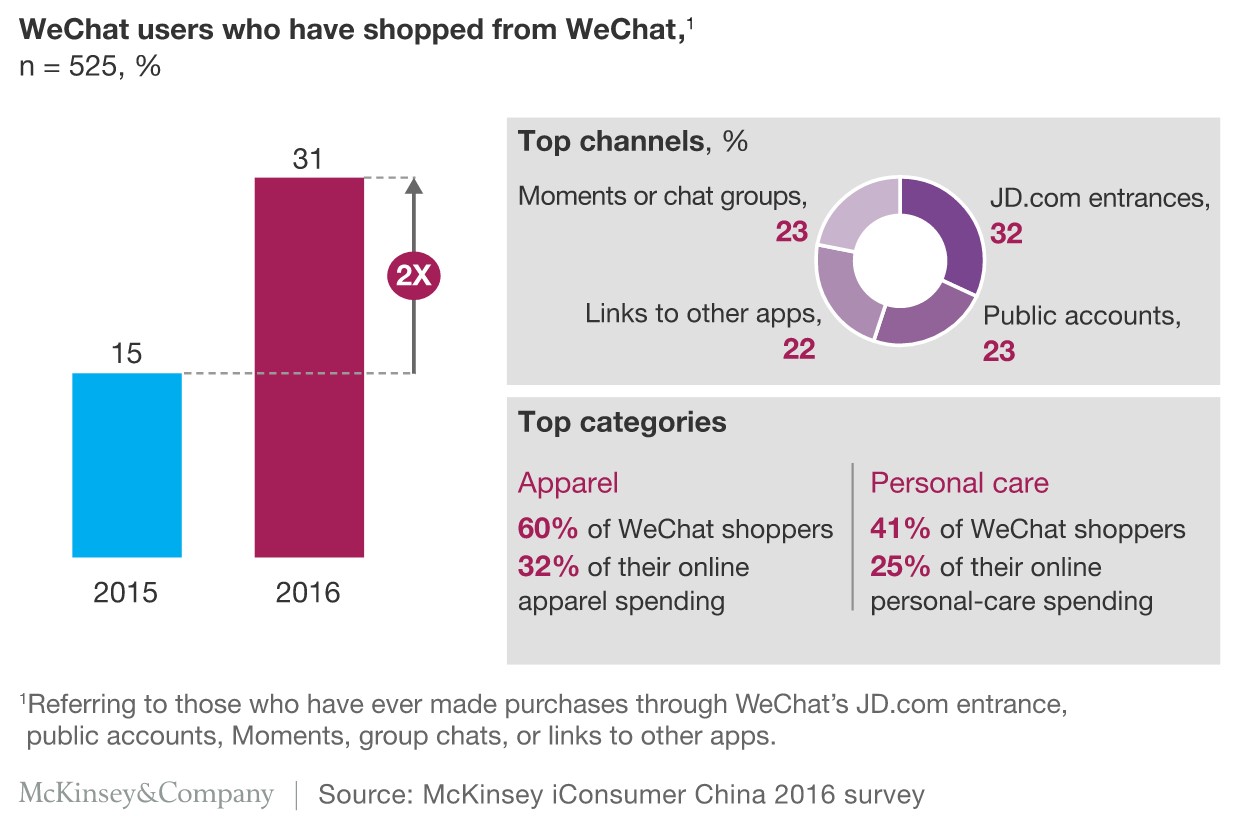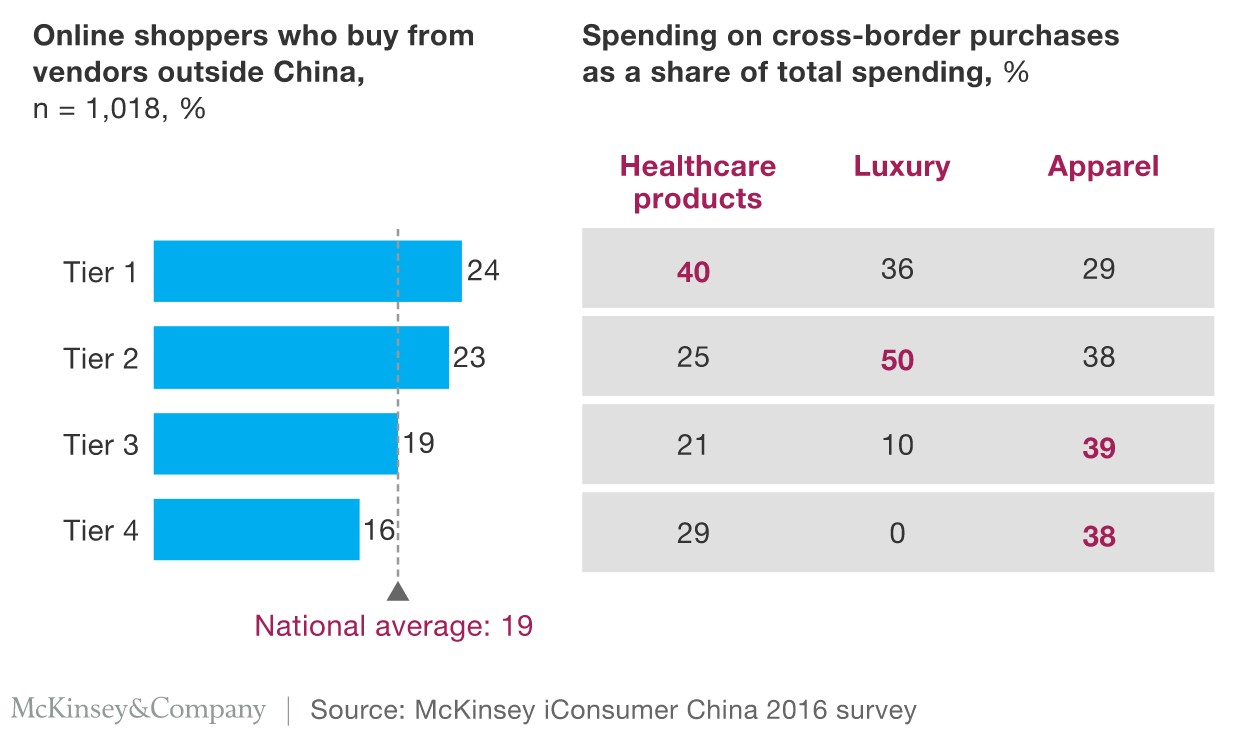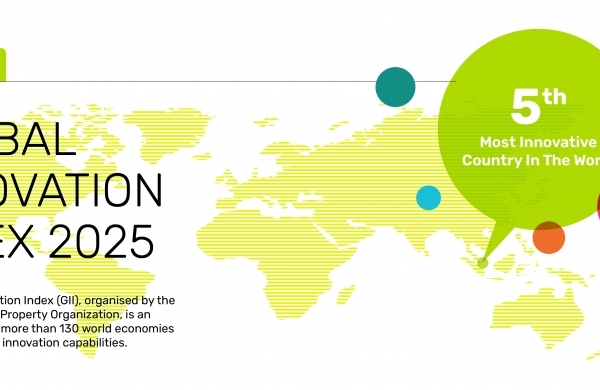Did not receive verification mail? Please confirm whether the mailbox is correct or not Re send mail

IPR Daily
- 2017-06-22 17:48:49
What Is Fueling The eCommerce Boom In China?
China, with its staggering population of over 1.4 billion, has more internet users than any other country in the world. More internet users translates into more ecommerce shoppers, making China the largest and fastest-growing ecommerce market in the world.

With $630 billion in sales in 2015, China’s ecommerce market dwarfs all others, being almost 80% larger than the United States. In fact, ecommerce accounts for 13.5% of total Chinese retail spending, which is the highest percentage of any large economy except for the United Kingdom. Clearly China is experiencing a massive boom in online shopping an ecommerce.
But what specific factors are driving this growth? In this article we examine the factors behind this growth, as well as the various retailer responses to this growth.
Many Offerings On Many Devices
The majority of China’s internet users are accessing the internet through mobile devices, as has been the case for many years. In fact, over 60% of online shoppers use 2 to 3 apps to shop, with some using as many as 5. This, of course, means that a significant portion of ecommerce is occurring on mobile devices. However, multi device internet users do significantly more shopping online than those who only have a mobile phone, and thus represent a significant source of revenue for retailers.


This means that while mobile ecommerce strategies are crucial, standard desktop advertising should not be neglected either. Intelligent retailers will tap into these multi device users for additional revenue and those companies which have an intelligent mix of mobile and desktop are likely to achieve a higher market share than those who only focus on mobile devices.
Increased Adoption In Low-Tier Cities
In 2015, the online spending of low-tier cities (those cities with smaller populations) caught up to the spending of high-tier cities for the first time. Additionally, low-tier cities now have 74 million more online shoppers than high-tier cities. The growth potential in low-tier cities also is significantly higher than high-tier cities. In low-tier cities, there are still approximately 160 million internet users who have yet to begin online shopping, presenting a massive untapped market for retailers.
The potential in low-tier markets is at least partially due to high-tier cities reaching an ecommerce saturation point. Almost everyone 13 or older (89%) in high-tier cities already shops online, which means that the only way to increase ecommerce is increase the purchase frequency of shoppers.
In addition to low-tier cities, there is also massive potential for ecommerce in rural areas. There are over 180 million internet users living outside Chinese cities and a full 60% of them have never purchased anything online. In response, the biggest Chinese online retailers, such as Alibaba, are scrambling to create infrastructure to encourage and support ecommerce in these areas.
Social Media Boom
Social Media is playing an increasing role in ecommerce in China, with platforms like WeChat driving more online purchases. Not only are these platforms being used to discuss and research products, they are also driving direct purchases.

As McKinsey & Company exposed:
Of the WeChat users we surveyed, 31 percent initiated purchases on the platform—double the proportion of the previous year.

As brands and retailers use increasingly specific targeted ads on social media platform, these numbers will likely rise.
Increase In Cross-Border Shopping
Chinese consumers are now supplementing their domestic purchases through cross-border ecommerce purchases. This is especially the case in cross-border items that are either too expensive or difficult to obtain within China itself.
Many consumers in high-tier cities use ecommerce to purchase premium healthcare products, such as supplements, while those in low-tier cities use ecommerce to purchase luxury goods. Middle and upper-class consumers are often eager to obtain clothing and gadgets not yet available in China and resort to ecommerce to obtain them.
Additionally there are certain products, such as milk powder, diapers, and pet food, which Chinese consumers view as more reliable, and thus prefer to purchase from foreign suppliers.
Several specific government actions have also increased cross-border ecommerce in China. First, a number of ecommerce zones were set up in specific cities where foreign companies can store goods, which allows them to ship them much more quickly. Because these goods have already passed through customs, shipping time is cut dramatically, allowing consumers to receive their purchases more quickly than normal.
Second, China doesn’t collect sales tax in cross-border ecommerce and the duty tax on a number of items has been dramatically slashed. This has the obvious effect of significantly increasing the appeal of cross-border ecommerce.
Online retailers are taking advantage of these new government regulations.

Adoption Of Products
Chinese consumers have adopted certain products more quickly than others. Apparel leads the way, with 60% of consumers purchasing at least one piece of clothing in the past six months. Consumer electronics and appliances are also popular, each reaching 30% of total retail sales.
Surprisingly, food, which can be difficult for online businesses to sell, has reached a high level of adoption. Approximately 50% of consumers have purchased food items online. However, these food purchases are typically a small portion of total consumer spending, meaning consumers aren’t making purchases they would normally make at supermarkets. There is certainly much possibility for growth in the online food market.
Conclusion
Despite China’s rapid ecommerce expansion, there is still significant room for growth, which will continue to draw in new competitors.
Existing players will continue to build infrastructure to allow them to more effectively reach low-tier cities and rural areas, and social media will play an even bigger role in driving ecommerce purchases.
Those retailers who are able to adapt to rapid and continuous changes will achieve the greatest success, while those who refuse to change will likely fall behind.
Source: http://www.floship.com
Editor: Camila (camila@iprdaily.com)
- I also said the two sentence
- Also you can enter 140words
 TOP IPR U.S. Lawyers 10 & Firms 10 Selection Officially Launched by IPR Daily
TOP IPR U.S. Lawyers 10 & Firms 10 Selection Officially Launched by IPR Daily WIPO Global Innovation Index 2025: China Enters Top 10
WIPO Global Innovation Index 2025: China Enters Top 10 Singapore ranks 5th in the 2025 Global Innovation Index; climbed two spots in Innovation Outputs
Singapore ranks 5th in the 2025 Global Innovation Index; climbed two spots in Innovation Outputs Federal Circuit lacks jurisdiction over award that doesn’t raise issue of patent law
Federal Circuit lacks jurisdiction over award that doesn’t raise issue of patent law


